The model of growing vegetables in flood-proof areas in Dien Loc commune, Phong Dien district, Thua Thien Hue province has a yield equivalent to that of low-lying areas, while the selling price of vegetables is 2-3 times higher, so it is widely applied by people.
The model of growing vegetables in flood-proof areas in Dien Loc commune, Phong Dien, Thua Thien Hue province has a yield equivalent to that of low-lying areas, while the selling price is 2-3 times higher, so it is widely applied by people.
Leading us to visit the crop growing area in Nhat Dong village, Dien Loc commune, Phong Dien district (Thua Thien Hue province), Mr. Ho Xuan Loc, Village Chief, said that Dien Loc in particular and Ngu Dien area in general, every year during the rainy season, there are several periods of high water rising and inundating the fields.
Therefore, all low-lying crop fields must stop production during this time. While the main income in the village depends on agriculture , recently, Nhat Dong village has implemented a model of growing vegetables to overcome floods in the sand dunes.
The flood-proof vegetable growing area is located between Nhat Dong and Nhi Dong villages, with a total area of nearly 7 hectares. When we arrived, the vegetables were in a good growth stage. Some areas had just been harvested, and people took advantage of the rain to continue sowing new seeds.
Mr. Le Hoi, one of the households with a large area of flood-resistant vegetables in Nhat Dong village, Dien Loc, said that the process of producing flood-resistant vegetables in the sand dunes is similar to that in low-lying fields.
Even the land preparation process is somewhat easier, because the soil here is sandy and looser. Meanwhile, the price of crops during the flood season is double, sometimes triple, compared to normal days.
For example, cabbage, lettuce, spinach, etc., which usually cost about 10,000 VND/kg, now cost from 20,000 to 30,000 VND/kg depending on the day.
If the floods continue, vegetable prices will increase even more. His family's total income from flood-proof vegetable production is estimated at 70 million VND per year, after deducting expenses, he earns about 30 million VND.
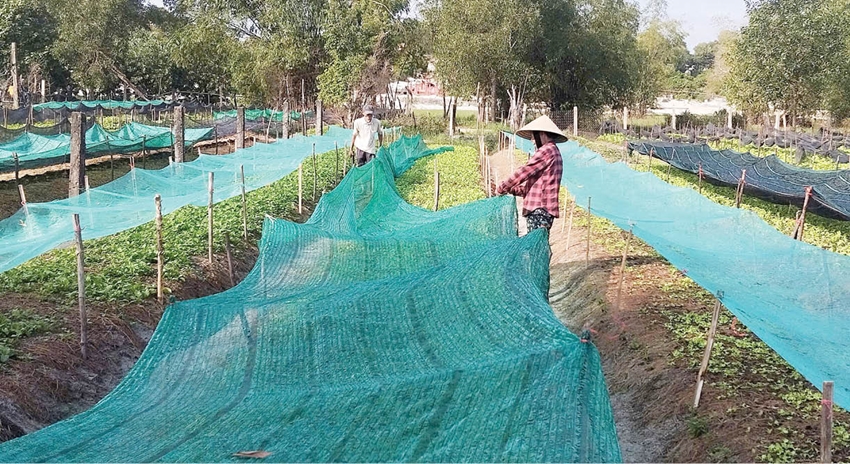
People in Dien Loc commune, Phong Dien district, Thua Thien Hue province use shade nets to prevent water loss for crops.
Mr. Ho Xuan Loc was excited because, for farmers, during the rainy season, production and farming are often impossible.
Realizing that the sand dunes in the village are flat and suitable for growing crops, the commune and village decided to switch to growing vegetables in the sand dunes during the rainy and flood season. After a period of care and planting, the vegetables grew well, bringing high economic efficiency.
Income from growing vegetables in flood-proof areas reaches 180-200 million VND/ha. After deducting all production costs, people's profit from growing vegetables reaches about 100 million VND/ha.
According to the people, even during the rainy season, when it rains frequently, the area where crops are grown is sandy and cannot retain water for long. If it is sunny or if it does not rain for a few days, the vegetables must be watered.
This is also the biggest difficulty currently facing vegetable cultivation in Dien Loc. To have water for irrigation, electricity is required to operate the pumping system.
Because electricity has not been connected to the vegetable growing area for a long time, people cannot proactively source water for irrigation. Faced with this difficulty, vegetable growers have proposed to the local government to soon have a plan to support the extension of the electricity system to the production area.
Flood vegetables in Dien Loc mainly serve local people and are purchased by some traders for consumption in neighboring localities. Flood vegetables have great potential, but have not yet "entered" potential markets such as supermarkets, restaurants, and hotels.
Mr. Tran Dinh Dung, Vice Chairman of the People's Committee of Dien Loc Commune (Phong Dien District, Thua Thien Hue Province) said that the production of flood-resistant crops in Dien Loc has established a fairly stable process. Therefore, in the coming time, the commune will proactively connect and expand the consumption market for the people.
In the local direction, we will also gradually shift from normal production to production according to VietGAP standards so that this vegetable source can be supplied to supermarkets, restaurants, and hotels in the area. Regarding the difficulty in electricity supply for irrigation, the commune has worked with the electricity industry and agreed to connect electricity to the production area for people as soon as possible.
Source: https://danviet.vn/trong-rau-vuot-lu-o-mot-xa-cua-tt-hue-la-trong-kieu-gi-ma-ban-dat-hon-2-3-lan-so-voi-binh-thuong-20241116222225434.htm





![[Photo] "Ship graveyard" on Xuan Dai Bay](https://vphoto.vietnam.vn/thumb/1200x675/vietnam/resource/IMAGE/2025/11/08/1762577162805_ndo_br_tb5-jpg.webp)


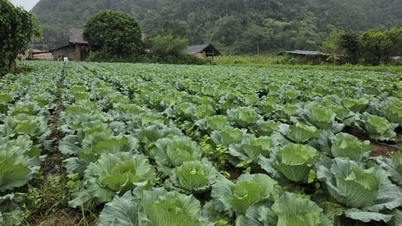



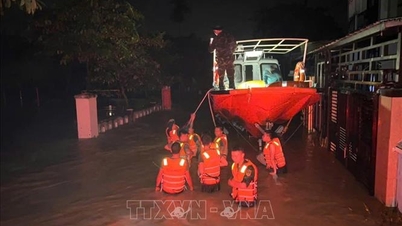





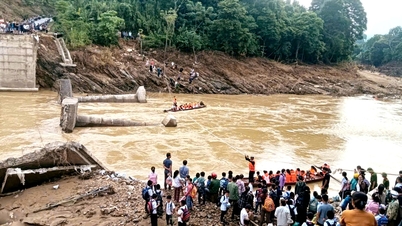


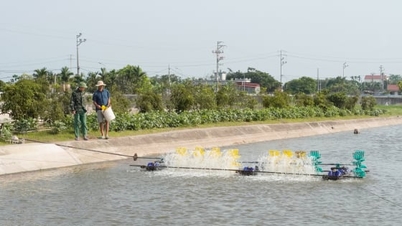




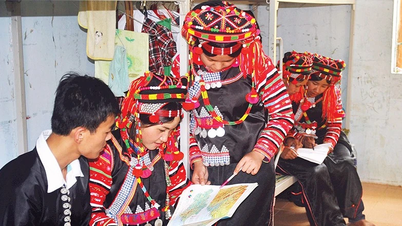

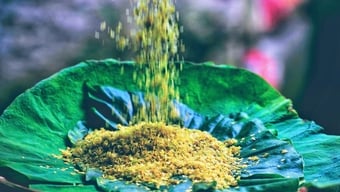

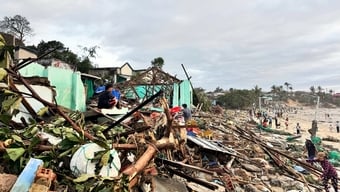


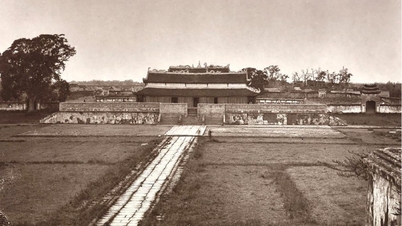





![[Video] Hue Monuments reopen to welcome visitors](https://vphoto.vietnam.vn/thumb/402x226/vietnam/resource/IMAGE/2025/11/05/1762301089171_dung01-05-43-09still013-jpg.webp)






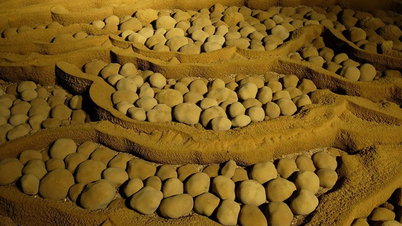





























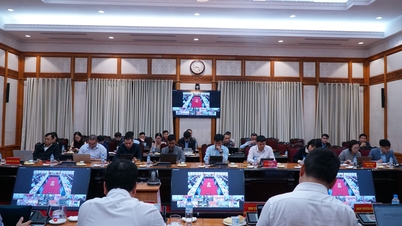



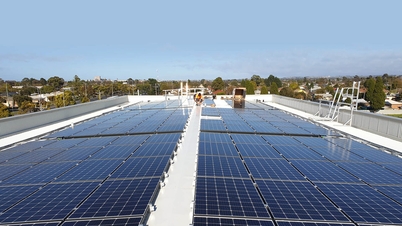



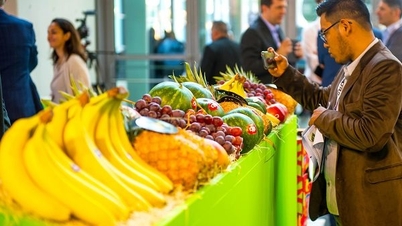


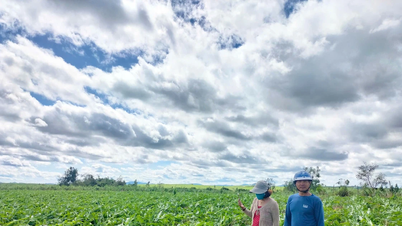



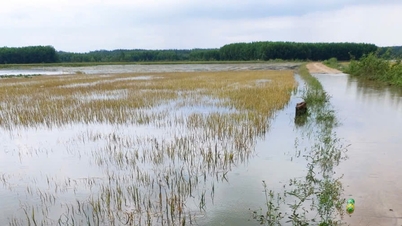



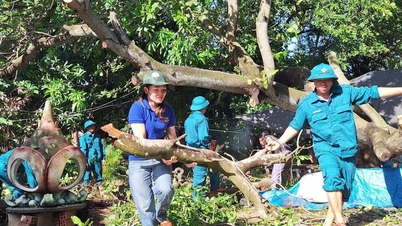









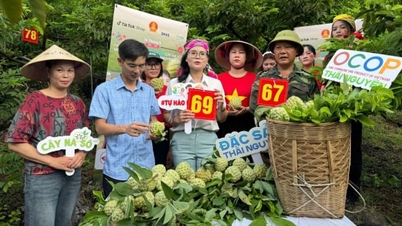





Comment (0)